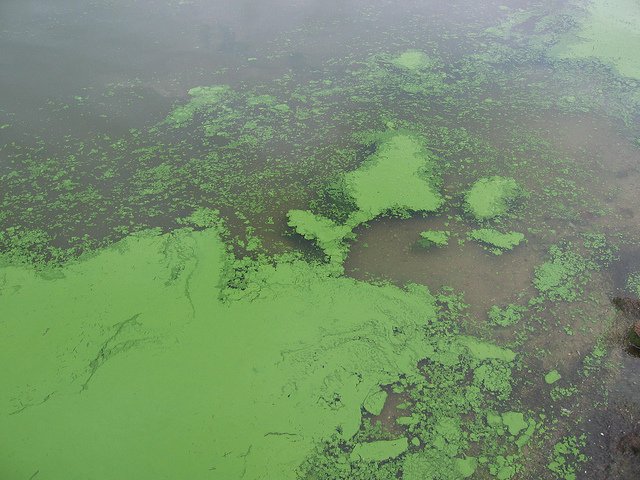
|
Tilton Conservation
Commission Tilton, NH |
|
Home |
Members |
Mission
Statement |
Buffalo Park |
Easements |Newsletter |
Forms |
Links |
Contact Us | Pictures Archived
newsletters By
Topic
|
CONSERVATION NEWS
Late Summer 2023 Newsletter
While swimming and boating activities are a big
part of summer in the Lakes Region, NH DES
suggests that you keep an eye out
for cyanobacteria in the water. Cyanobacteria, or algal blooms,
are
aesthetically displeasing in sight, odor, and taste, but they are also toxic to
animals, livestock,
wildlife, and humans. They produce toxins that can be
consumed by organisms in the food chain
and released into the water when
cells die. Cyanotoxins can cause both acute and chronic illnesses.
If you see
or suspect a bloom, stay out of the water and keep your pets out of the water.
For more details, go to
https://www.des.nh.gov/water/healthy-swimming/harmful-algal-blooms.
Also, you can
report a cyanobacteria bloom
to NH DES.
Or, you can
check a map that shows
alerts and advisories about swimming locations in NH.
Stay safe and vigilant
this summer.

Winnisquam Watershed Network - Lake Level
Update
With heavy rains in
the watershed, the water level in Lake Winnisquamis once again
on the rise. The rains have also
washed in a good deal of debris.
NH Marine Patrol and NH DES have
issued alerts urging all boaters to be mindful of their wake
and the potential impacts on the
shoreline, docks, and wildlife.
Boaters should utilize extra caution
when operating in channels or close to
shore, and stay aware for the potential of
floating debris
and navigational hazards
now under water which are normally
visible.
Take steps to see that boats and docks are secure.

Invasive species - Japanese Knotweed
(From Vermont Public Radio and Worldwide japanese Knotweed Support Group)

With roots that can run over ten-feet deep, no natural enemies, and the
ability to survive in lava fields, this implant from Japan is running out of
control.
It can grow 10 cm a day and easily crowd out native species. You
could try to pull up the roots, but they break easily and a root piece that is
the size of a
fingernail can regrow quickly. Their root system can
overwinter in NH and can spread twenty feet horizontally in many directions. It
can also spread from seed.
Cutting knotweed only causes it to re-grow
rapidly. Frost will kill the stems, but the root system is alive and well and
ready to spread.
So, what to do?
The Worldwide Japanese Knotweed Support
Group promotes a concept known as "The Window". During a period of time between
when the knotweed flowers
and 4-6 weeks before
the first frost, treat/spray the plant with glyphosate. The sap is beginning to
reverse, flowing down to the roots, to prepare for winter. The herbicide
will
be transported by the knotweed to its root system where it will be slowly
absorbed. The process may take several weeks to impact the roots. This treatment
will
not kill the knotweed forever, but will kill upwards of 70-80% of the
plant. It's a good idea to apply the herbicide early in the morning or later in
the evening. It will be dry
within 2-3 hours after application. It's a good
idea to apply when there isn't going to be rain, wind, or a lot of humidity. It
may be necessary to repeat the process next fall.
But, it is a start at
keeping knotweed at bay.
E